Dogs are curious creatures, and their tendency to explore the world with their mouths often leads them to eat things they shouldn’t. Some breeds are more notorious for this behavior due to their high energy levels, natural instincts, or simply their love for food. This habit, known as pica, can be dangerous and lead to various health issues, including gastrointestinal blockages and poisoning. Understanding which breeds are most prone to this behavior can help owners take preventive measures and keep their pets safe. This article explores twelve dog breeds most likely to eat something they shouldn’t, detailing why each breed fits this topic and providing insights into their behavior.
12. Golden Retriever
Golden Retrievers are friendly, intelligent, and highly energetic dogs known for their love of retrieving objects. Their natural curiosity and playful nature often lead them to explore with their mouths, making them prone to eating things they shouldn’t. Whether it’s socks, toys, or random objects found during walks, Golden Retrievers have a tendency to chew and swallow non-food items. Their love for food also means they are likely to scavenge for scraps, which can lead to ingesting harmful substances. Regular training, supervision, and providing safe chew toys can help mitigate this behavior.
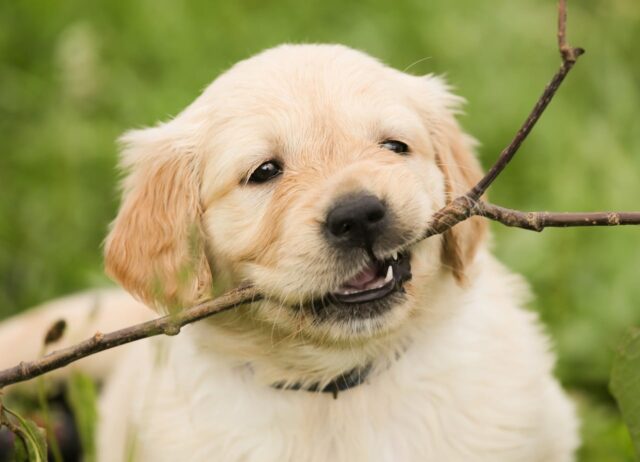
11. Beagle
Beagles are small hounds with an extraordinary sense of smell and a strong hunting instinct. Bred for tracking and chasing game, Beagles are naturally curious and driven by their noses. This often leads them to sniff out and eat things they shouldn’t, whether indoors or outdoors. Beagles are known for their ability to find food in the most unlikely places, and their determination makes it challenging to deter them. Their tendency to eat non-food items can lead to health issues, so it’s crucial to provide them with plenty of mental stimulation and safe alternatives to chew on.
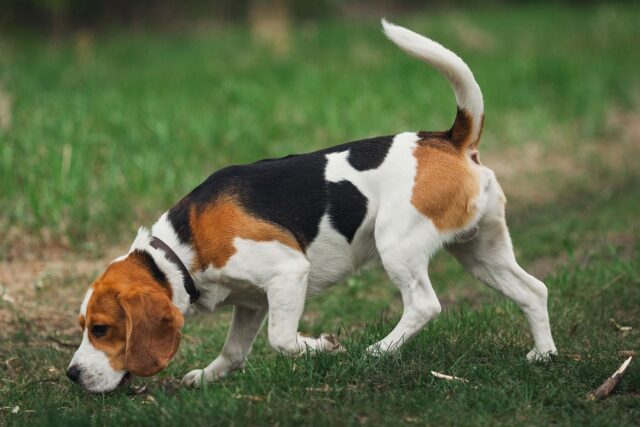
10. Labrador Retriever
Labrador Retrievers are one of the most popular dog breeds, known for their friendly and outgoing nature. However, their love for food and natural curiosity can make them prone to eating things they shouldn’t. Labs are notorious for scavenging and have been known to eat socks, rocks, and even garbage. Their strong appetite and tendency to chew on everything can lead to gastrointestinal problems and blockages. Regular training, supervision, and providing plenty of safe toys and chews can help manage this behavior and keep them safe.
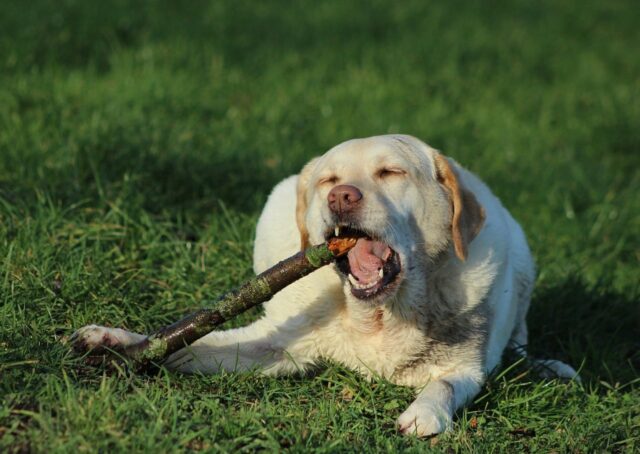
9. Boxer
Boxers are energetic and playful dogs who desire to explore their surroundings. Their curiosity and high energy levels often lead them to chew on and eat things they shouldn’t. Boxers are known for their love of toys, but they can easily destroy them and ingest the pieces. Their playful nature can also lead to eating random objects found during playtime. Owners should ensure that Boxers have access to durable toys and supervise them closely to prevent them from swallowing harmful items.

8. Dachshund
With their long bodies and short legs, Dachshunds are natural diggers and explorers. Bred for hunting small game, Dachshunds have a strong prey drive and a tendency to chew on and eat things they find interesting. Their small size allows them to get into tight spaces and find objects to chew on, which can be dangerous if they ingest something harmful. Regular training, providing safe chew toys, and keeping potentially harmful items out of reach can help prevent this behavior.

7. Bulldog
Bulldogs are known for their stubbornness and strong jaws, which can lead to destructive chewing. Their curiosity and tendency to explore with their mouths often result in eating things they shouldn’t. Bulldogs are prone to chewing on household items, such as furniture and shoes, and can easily ingest pieces of these objects. Their short snouts and strong jaws make it difficult to deter them from chewing, so it’s important to provide them with durable chew toys and supervise their playtime closely.
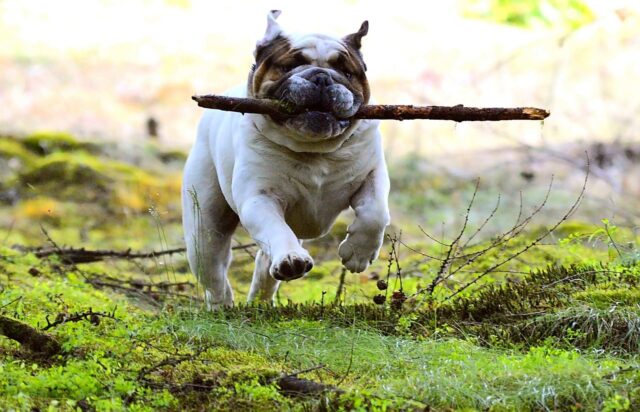
6. Shih Tzu
Shih Tzus are small, affectionate dogs with a curious nature. Their love for exploring and chewing on objects can lead to eating things they shouldn’t. Shih Tzus has a tendency to chew on small items, such as buttons, coins, and small toys, which can be hazardous if ingested. Their small size and playful nature make it important to keep potentially harmful objects out of their reach. Providing safe chew toys and supervising their playtime can help prevent this behavior.
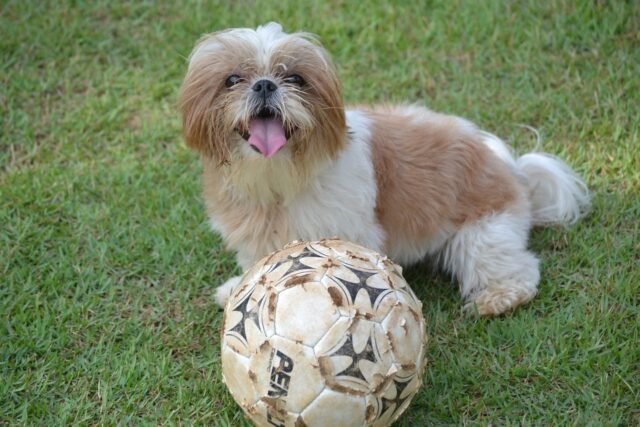
5. Rottweiler
Rottweilers are strong, powerful dogs with a natural instinct to chew and explore their surroundings. Their large size and strong jaws make them capable of chewing through almost anything, which can lead to ingesting harmful objects. Rottweilers are known for their love of toys, but they can easily destroy them and swallow the pieces. Providing durable, safe toys and supervising their playtime can help prevent them from eating things they shouldn’t. Regular training and mental stimulation are also crucial for managing this behavior.
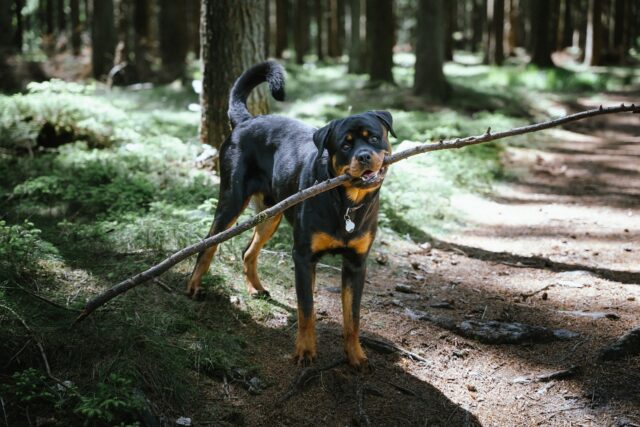
4. Jack Russell Terrier
Jack Russell Terriers are small, energetic dogs with a strong prey drive and a tendency to chew on and eat things they find interesting. Their high energy levels and curiosity make them prone to exploring with their mouths, leading to ingesting non-food items. Jack Russells are known for their determination and can be challenging to deter from chewing. Providing plenty of physical and mental stimulation, along with safe chew toys, can help manage this behavior and keep them safe.

3. Pomeranian
Pomeranians are small, lively dogs with a curious nature and a love for exploring their surroundings. Their small size and playful behavior often lead them to chew on and eat things they shouldn’t. Pomeranians have a tendency to chew on small objects, such as buttons, coins, and small toys, which can be dangerous if ingested. Keeping potentially harmful items out of their reach and providing safe chew toys can help prevent this behavior. Regular supervision and training are also important for managing their chewing habits.

2. Siberian Husky
Siberian Huskies are known for their high energy levels, intelligence, and strong prey drive. Their natural curiosity and love for exploring often lead them to chew on and eat things they shouldn’t. Huskies are notorious for their destructive chewing, especially when they are bored or under-stimulated. Providing plenty of physical and mental stimulation, along with durable chew toys, can help manage this behavior. Regular supervision and training are also crucial to prevent them from ingesting harmful objects.
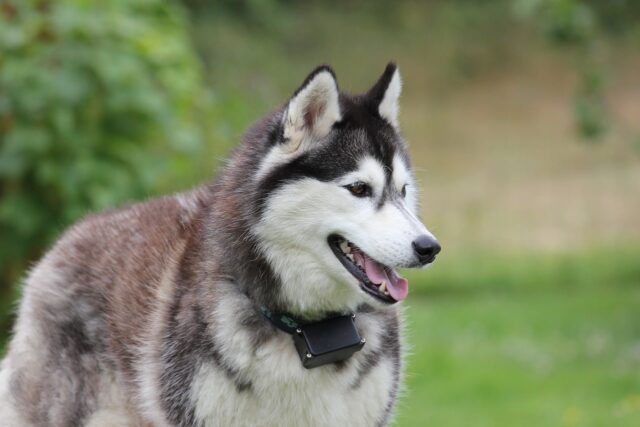
1. Weimaraner
Weimaraners are large, athletic dogs with a strong prey drive and a tendency to chew on and eat things they find interesting. Their high energy levels and intelligence make them prone to exploring with their mouths, leading to ingesting non-food items. Weimaraners are known for their love of toys, but they can easily destroy them and swallow the pieces. Providing plenty of physical and mental stimulation, along with durable chew toys, can help manage this behavior. Regular supervision and training are also important for keeping them safe.
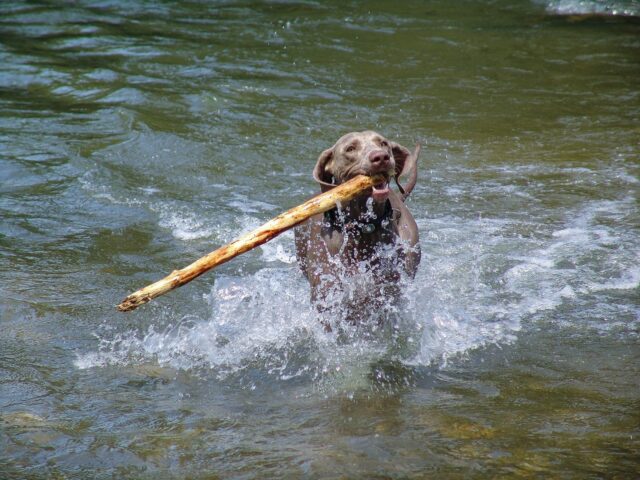
In conclusion, these twelve dog breeds are particularly prone to eating things they shouldn’t due to their natural curiosity, high energy levels, and love for exploring with their mouths. Each breed presents unique challenges in managing their chewing and eating habits, requiring extra effort and vigilance from their owners. By understanding the specific tendencies of these breeds, owners can take proactive measures to prevent them from ingesting harmful objects and ensure their safety and well-being. Proper training, supervision, and providing safe alternatives for chewing are essential for managing this behavior and keeping these curious dogs out of trouble.
 Toledo, United States.
Toledo, United States.